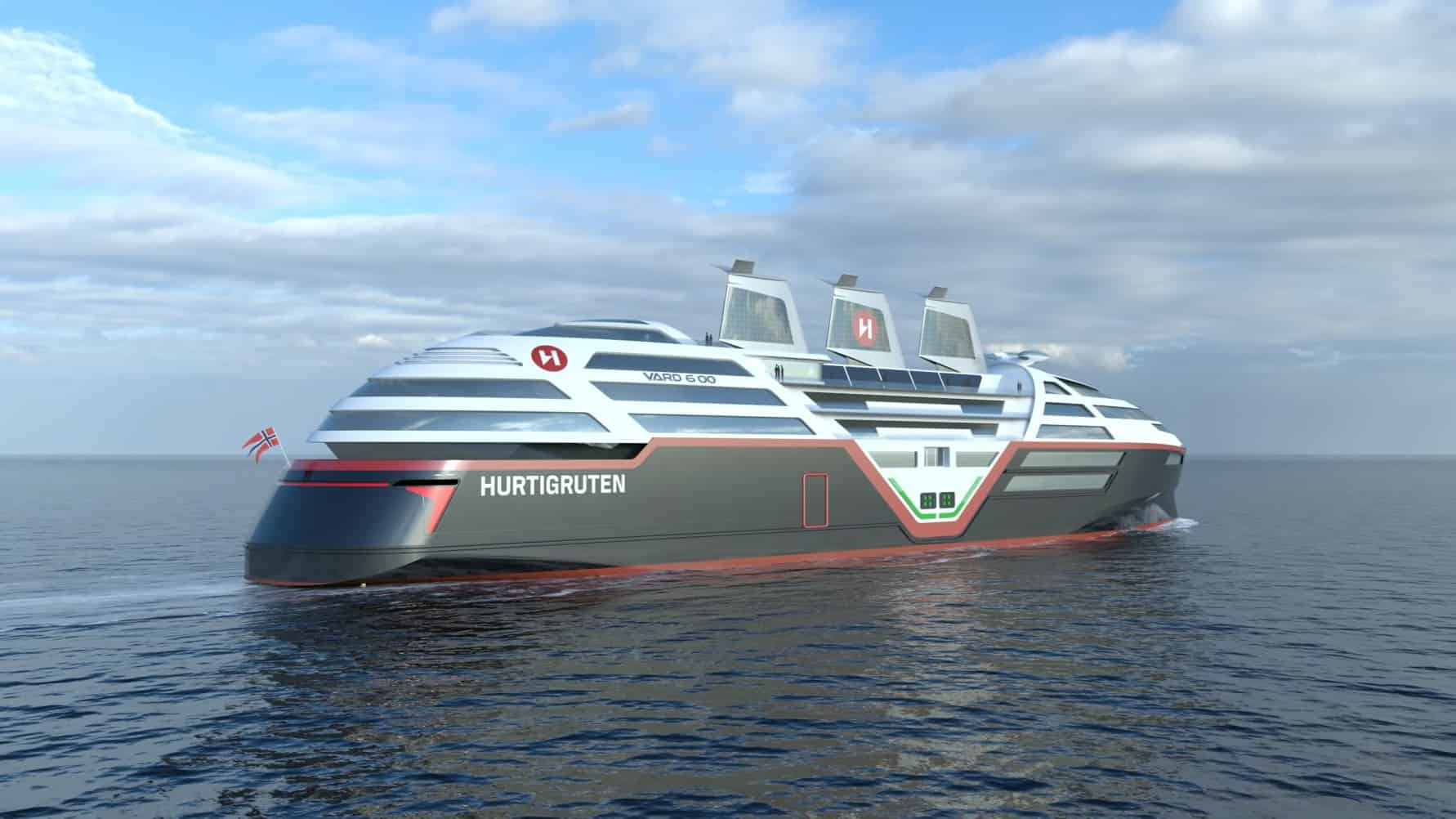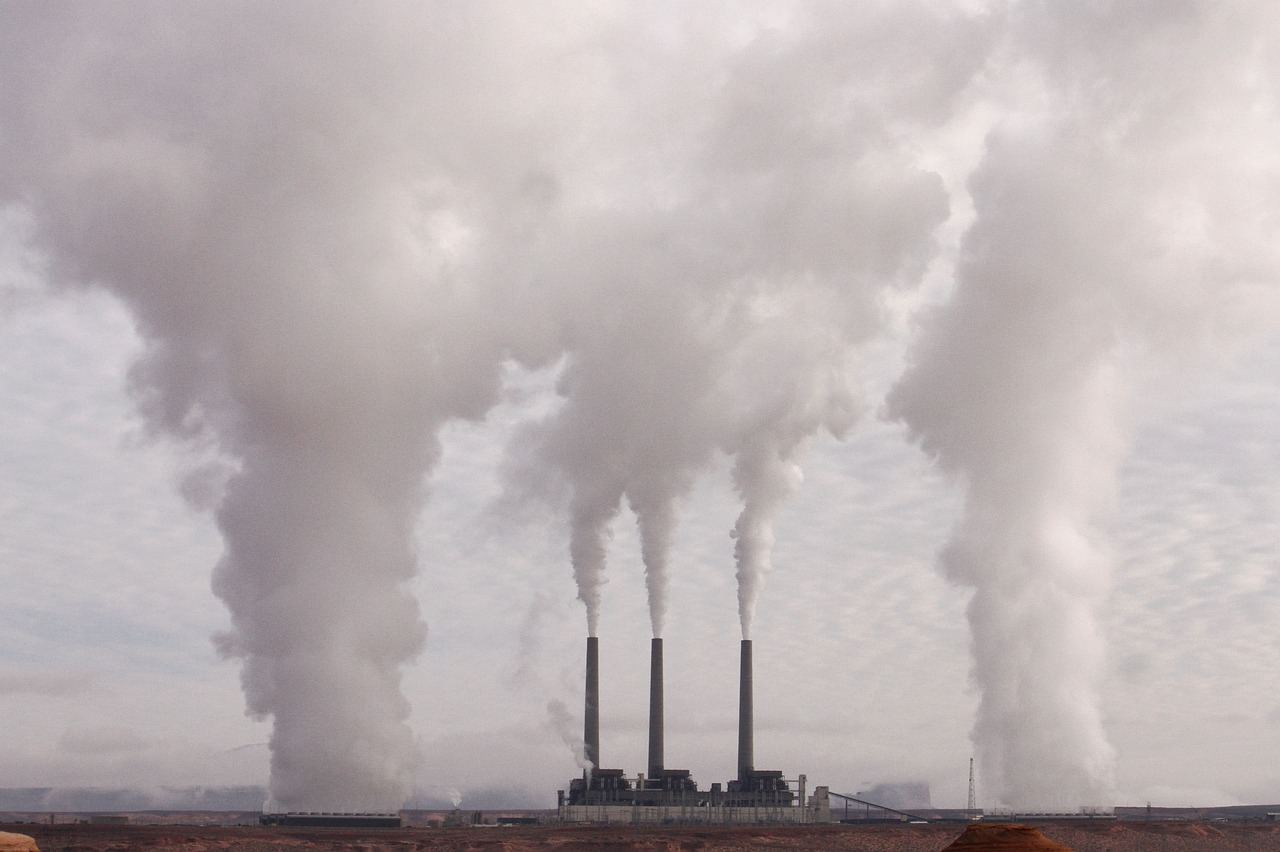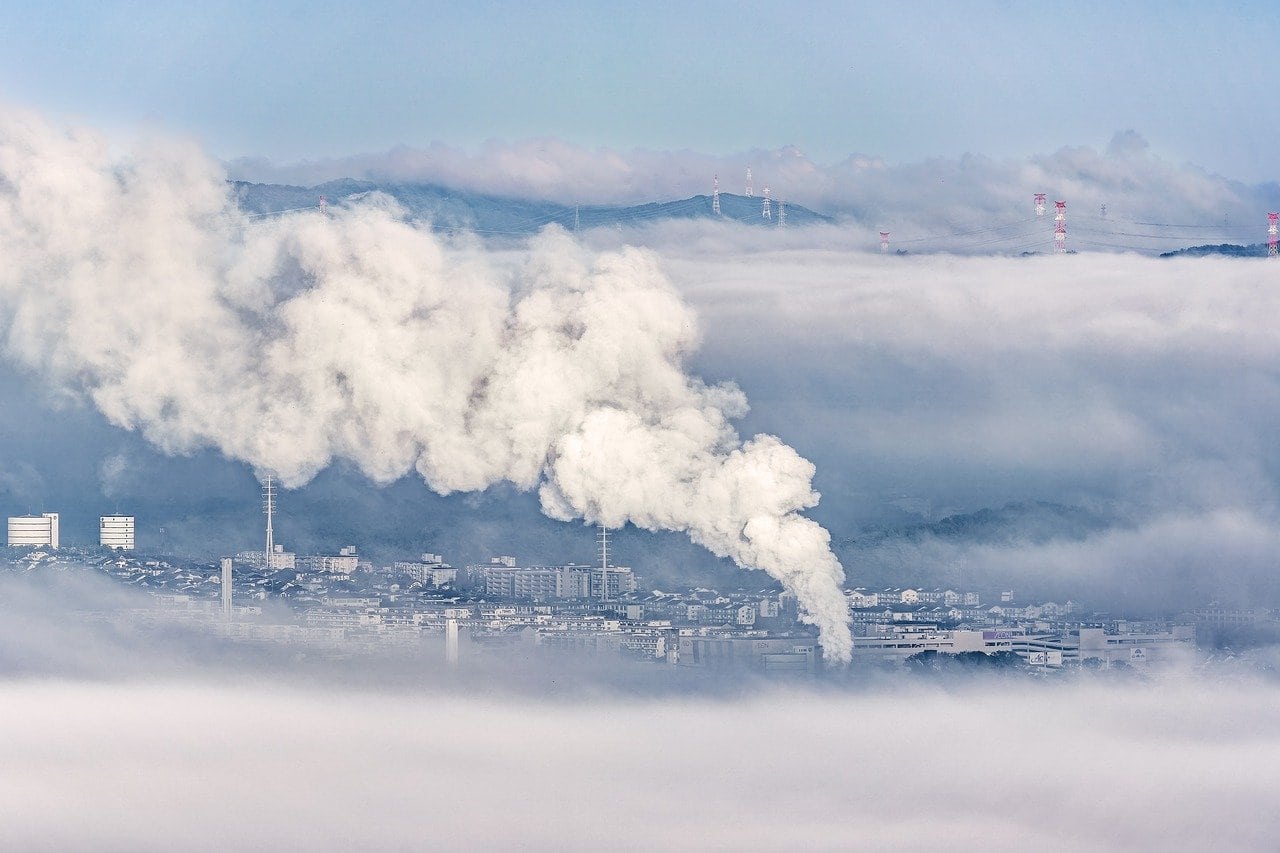
One of the positive knock-on effects of the corona crisis has been a significant reduction in pollutants emitted by traffic, industry, and aviation. Scientists from, among others, the German Aerospace Center (DLR) and the Max Planck Society will be using two research aircraft to examine the changes in the atmosphere. DLR’s Halo and Falcon aircraft are equipped with highly specialized instruments for what is known as the ‘ BLUESKY project’. They will fly over Germany, Italy, France, Great Britain, Ireland, and over the North Atlantic ocean for the next two weeks along the flight corridor to North America.
“DLR is deploying part of its unique research aircraft fleet to exploit an almost unique opportunity. During these missions, the atmosphere will be analyzed in a state that could be achieved in the future with sustainable management of human activities. We will observe how the environment changes with the ramp-up of industrial activities. This will give us an entirely new perspective on the anthropogenic influence on Earth’s atmosphere,” explains Rolf Henke, DLR Executive Board Member responsible for aeronautics research. “Together with our partners, we are making a significant contribution to redefining humankind’s activities once the pandemic is under control.”
Unique blue sky
Jos Lelieveld from the Max Planck Institute for Chemistry wants to use the Bluesky mission to find out if there is a correlation between the clear blue of the sky during lockdowns and the number of aerosol particles in the atmosphere. “The unique blue sky of recent weeks cannot be explained by meteorological conditions and the decrease in emissions near the ground. Aircraft may have a greater impact on the formation of aerosol particles than previously thought,” says the atmospheric researcher and Science Director of the Halo flights. Aerosols are finely dispersed, microscopic particles in the air that also affect cloud formation. They spread and absorb solar radiation and consequently also affect our climate. This is because they influence the radiation equilibrium of the atmosphere. Aerosols are formed during the combustion of fossil fuels, among other things.
Zero point for science
Christiane Voigt, the science director for flights with the Falcon, also sees a unique opportunity with BLUESKY. “The current state of the atmosphere represents a kind of ‘zero point‘ for science. We will be able to measure a reference atmosphere that is only slightly polluted with emissions from industry and transport, including aviation. This gives us a unique opportunity to better understand the effects of anthropogenic emissions prior to the shutdown.”
Voigt and her colleagues hope that the BLUESKY data will provide a clearer picture of the human influence on the composition of the earth’s atmosphere. Using the equipment aboard the research aircraft, the Bluesky scientists are looking at aircraft emissions such as nitrogen oxides, sulfur dioxide, and aerosols at cruising altitude, as well as the few remaining contrails. Among other things, they want to know how far these emissions have fallen in Europe and in the North Atlantic flight corridor. During normal times, around 30,000 aircraft fly over Europe every day with a corresponding significant amount of emissions. The present substantial reduction in air traffic will also enable the research aircraft to use more flexible flight paths for their measurements.
Urban agglomerations
Apart from that, the researchers want to research the reduced emissions of urban agglomerations and clarify how emissions are distributed across surface areas. The Bluesky scientists want to fly over the Ruhr region along with the regions around Frankfurt/Main, Berlin, and Munich. However they plan to fly above the Po region in Italy and around Paris and London as well.
“Close to cities and conurbations, we will approach the atmospheric boundary layer at an altitude of one to two kilometers, since emissions from road traffic and industry are concentrated there,” Jos Lelieveld explains. “We are interested in how much the concentrations of sulfur dioxide, nitrogen oxides, hydrocarbons, and their chemical reaction products, as well as ozone and aerosols, have changed.” Scientists are also studying the effects on low cloud cover.
Joint flights by Falcon and Halo have been scheduled until the first half of June. Evaluation of the data and analysis of the results will subsequently take several months. The analysis will include comparative data from previous Halo research flights on air traffic emissions and emissions from urban areas.
Also of interest: Correlation between air pollution and corona







